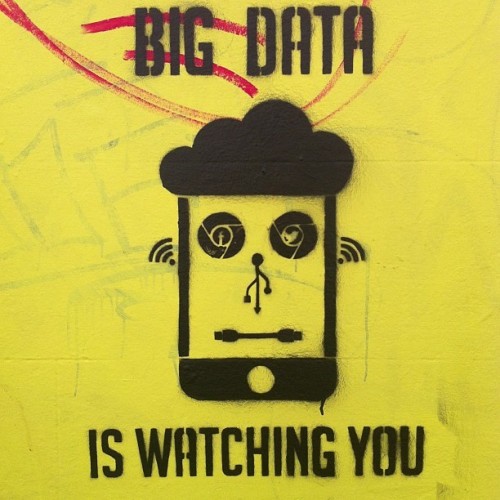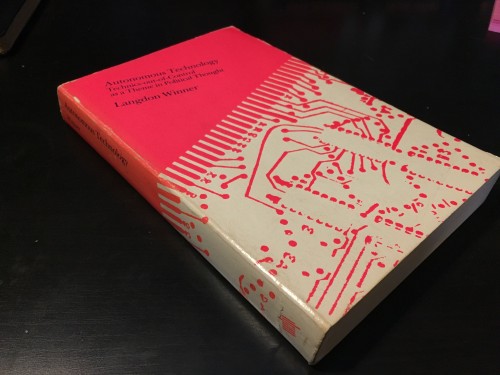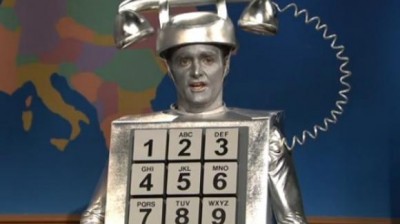
“Aren’t you glad you’re not there right now?” This is, if personal experience is any indication, the state-mandated response Floridians must give to anyone that claims to be visiting from anything north of the state line. It doesn’t matter the context —a bartender on Hollywood beach, an emergency room physician in North Miami— they are all very happy that you found your way to Florida this winter. The phrase has a wide range of registers though, that go from outright smugness to a thinly veiled request to validate one’s decision to settle down in 2,300 square feet of something called Flamingo Palisades. “Please,” they seem to say, “tell me this is as good as it gets.”
I grew up just north of Miami and even though I have little desire to live on whatever is left of it after the seas rise to their predicted heights, I value the perspective it has given me. Florida sensitizes you to the effort humans put in to turning spaces into places. Florida’s economy is based on the constant re-invention of its own brand, always changing for different demographics and markets. Florida’s cities are the sociocultural equivalents of GMO corn: equal parts science and marketing, growing out of an artificial substrate of designer chemicals and excrement. They are bland and immensely profitable by design. They don’t conform to existing economies of scale, they make their own.
The Sunbelt, that stretch of Post World War II development that became desirable for modern, full-time habitation only after the advent of the air conditioner, isn’t so much a geographic feature as it is an historic anomaly. It is undergirded by cheap fossil fuels, leisure time, a guaranteed (for some) retirement age, and modern architecture. The winters are warm and prices for goods are generally kept at a libertarian low but the car-based transportation system doesn’t really let most people enjoy either of these qualities. Most of your time is spent burning expensive gas in an air-conditioned Hyundai on a gridlocked highway.
Living in one’s car, albeit among a very different set of conditions, was the focus of a recent essay in Fusion by Malcolm Harris. In exploring his titular question “Where Should a Good Millennial Live?,” he reveals that some of the more trendy alternative housing options pitched to younger generations are substantial reductions in the quality of life: houses not much bigger than a box truck or actually living in a box truck in the parking lot of your employer, are being marketed to young adults as the American Dream of the 21st Century. In addition to living in tiny houses and cars, Millennials are also being encouraged to rehab the leftovers of the post-industrial economy. If you’re not willing to live in something impossibly small, you can always own lots of property laced with lead and asbestos.
Unlike tiny houses or a truck in the parking lot however, the Rustbelt may hold some liberatory potential. Before we get to that though, I would like to sort out all of the promises and fanfare that has surrounded Rustbelt living and describe why the most publicized reasons for moving to the Rustbelt are not what makes it so interesting. more...










